Neptune and the truth about the farthest "ice giant" in the solar system

5 | 0 Discuss | Share
In the deep darkness of the universe, astronomers have just discovered a beautiful, perfect sphere. It is not just a celestial body, but also a mysterious parallel world, like a mirror reflecting our own Earth.
Scientists have just announced the discovery of a supernova remnant (SNR) with a nearly perfect shape, named Telios - derived from the Greek word, meaning "perfect". The discovery, made through radio images from the Australian Square Kilometre Array Pathfinder (ASKAP) telescope in Western Australia, part of the "Evolutionary Map of the Universe" project, is surprising astronomers because of its rarity and the mysteries surrounding it.
Typically, SNRs—the expanding cloud of gas and radiation that follows a star’s explosion—are faintly spherical in shape, as the supernova explosion spreads out in all directions. However, many remnants become distorted over time by the effects of other explosions or stellar winds. Finding a remnant with a nearly perfectly symmetrical shape like Telios is extremely rare. In a study uploaded to the arXiv server on May 7 and accepted for publication in the journal Publications of the Astronomical Society of Australia, the researchers describe Telios as one of the most rounded SNRs ever recorded in the Milky Way.
What makes Telios even more unusual is its extremely low brightness, a feature that suggests it is either very young or extremely old. However, based on its nearly perfectly circular shape, researchers are more inclined to think that Telios is a young SNR. This is because most supernova remnants will have become distorted over time due to interactions with their surroundings, while a perfect shape is usually a sign of a relatively recent, unaffected explosion.
Because of its low brightness, determining Telios’s distance from Earth has been extremely difficult, leaving its actual size largely unknown. Initial estimates suggest it could be between 7,170 and 25,100 light years away and between 45.6 and 156.5 light years in diameter – dozens of times larger than the Solar System.
Telios lies below the galactic plane, the region where most of the matter, stars, and planets – including the entire solar system – revolve around the supermassive black hole at the center of the Milky Way. This unusual location further complicates determining the object’s exact distance and size, even though Telios is still part of our galaxy.
Perfectly spherical SNRs are extremely rare. In the past, only a few similar objects have been discovered in dwarf galaxies orbiting the Milky Way, such as SN1987A and MC SNR J0509–673 in the Small Magellanic Cloud (SMC), and SNR J0624–6948 in the Large Magellanic Cloud (LMC). This further highlights the value of Telios as a unique object of study.
According to astronomers, there are two types of supernovae that can produce perfect SNR: supernovae caused by core collapse of red giants, or Type Ia supernovae – the result of violent explosions of smaller stars in binary systems. In the case of Telios, the Type Ia hypothesis is considered more suitable, because red giants are very rare outside the galactic plane.
However, the researchers admit that there is currently no direct evidence to definitively determine the origin of Telios. "While we consider the Type Ia scenario to be the most likely, we note that no direct evidence can definitively confirm any of the scenarios and that new, high-resolution, sensitive observations of this object are needed," the team stressed in their scientific paper.
Telios remains a cosmological mystery, requiring further observations and in-depth study to decipher its true shape, origin, and location. It is a reminder of the vastness and wonder that the universe still holds, waiting for scientists to discover.
The mystery of the universe's 'cry for help', 'conflicts' between planets, science decodes 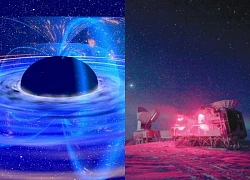 Sông Trăng22:49:20 12/05/2025Collisions between giant planets not only leave physical traces but also create seismic waves that last for millions of years, and we can still hear them. Scientists have begun to decode the mysteries of the cry for help from the universe.
Sông Trăng22:49:20 12/05/2025Collisions between giant planets not only leave physical traces but also create seismic waves that last for millions of years, and we can still hear them. Scientists have begun to decode the mysteries of the cry for help from the universe.

5 | 0 Discuss | Share
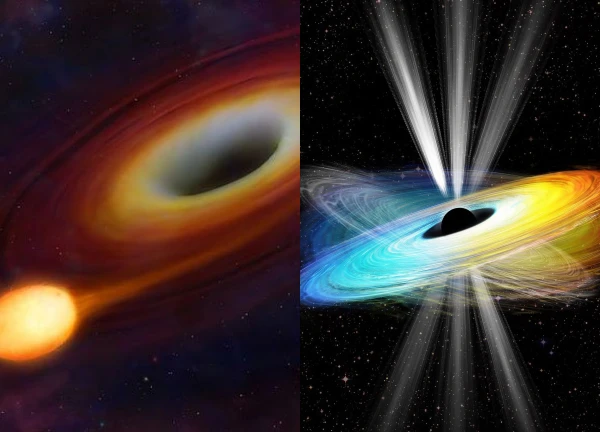
2 | 0 Discuss | Share
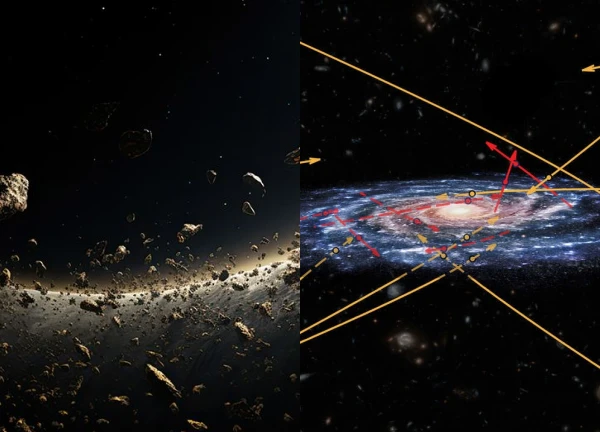
4 | 0 Discuss | Share
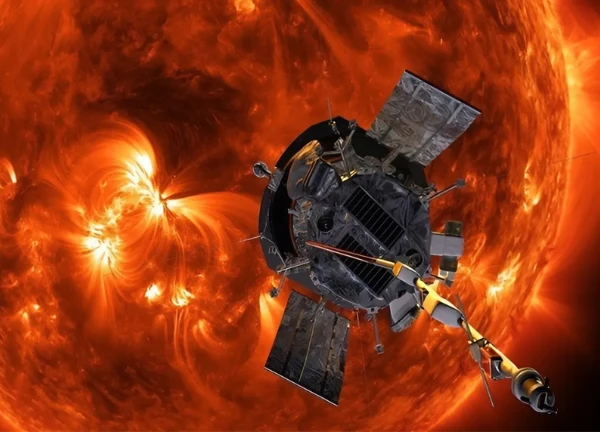
2 | 0 Discuss | Share

1 | 1 Discuss | Share

2 | 0 Discuss | Share

5 | 0 Discuss | Share

3 | 0 Discuss | Share

4 | 0 Discuss | Share

2 | 0 Discuss | Share
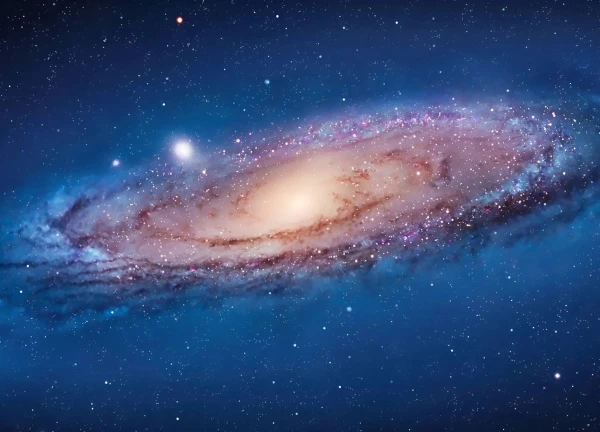
3 | 0 Discuss | Share

6 | 0 Discuss | Share
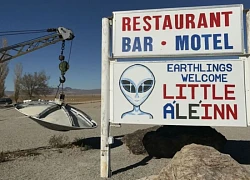
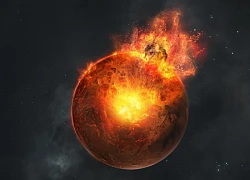

3 | 0 Discuss | Report